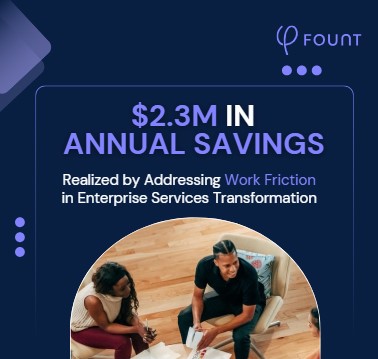Table of Contents
Mastering Technology Without Losing Momentum
A summary of the details of the article will go here.
This guest post from Sam Lodaria, an MIT Certified CDO & Transformation Professional and a Strategic Partner & Advisor in technology strategy and digital transformation. With over 15 years of experience helping businesses across various industries navigate the complexities of tech integration, Sam offers practical advice grounded in real-world applications and successes.
__________________________
Introduction to Digital Integration Challenges
In our relentless pursuit of progress, we often balance innovation with the realities of practical implementation. Identifying which digital initiatives add the most value to our business is not just about choosing new tools—it’s about integrating them seamlessly into our existing frameworks. This process, akin to walking a tightrope without a safety net, calls for a strategic and considerate approach.
The Challenge:
Integrating new technologies can be daunting, often raising concerns about initial productivity dips and potential disruptions that might affect team morale. However, these challenges can be mitigated by adopting a methodical approach to digital transformation.
The Visionary Leader’s Reality
Leaders are more than just technologists; they are visionaries who aim to maximize the benefits of digital investments. This involves not only adopting the latest technologies that should perfectly align with core business objectives but also ensuring these are seamlessly integrated with daily routines of hundreds if not thousands of employees, and not creating additional work friction. Utilizing employee-centered work data (such as those provided by FOUNT), is one of the keys to this process.
The Blueprint for Successful Integration
| Integration Aspect | Key Considerations | Questions to Consider |
| Strategic Alignment | Ensure technology aligns with business goals. | Does this technology address a genuine need? How will it enhance operations or create new revenue streams? |
| Stakeholder Engagement | Involve key stakeholders early in the process. | Which stakeholders should be involved from the beginning? How can we gather and incorporate their insights effectively? |
| Incremental Implementation | Adopt a phased approach to integration. | What are the phases for rollout? How can we structure feedback loops for each phase? |
| Training and Support | Equip the team with the necessary training and resources. | What specific training is required? What resources and support structures are needed for confidence in use? |
| Measuring Impact | Establish metrics to assess digital initiative success. | What metrics will assess success? How will these metrics guide future technology decisions? |
| User-Centric Design Thinking | Focus on addressing the end user’s pain points. | How do we ensure the technology addresses user needs? What methodologies will we use to test and refine user experience? |
| Agile Methodology for Flexibility | Apply agile methodologies for flexibility and rapid adaptation. | How can agile methodologies be applied here? How will agile enhance flexibility and feedback adaptation? |
| Leverage Data for Decision Making | Use data analytics to inform strategy and identify significant impact areas. | What data should we analyze? How can this data identify bottlenecks or high-impact areas? |
| Promote a Culture of Innovation | Cultivate an environment that supports innovation and calculated risks. | What can be done to foster an innovative culture? How can we encourage and reward risk-taking with new technologies? |
| Continuous Monitoring and Optimization | Monitor and refine the integration process and technology based on ongoing insights. | What processes should be set for continuous monitoring? How will insights from monitoring influence optimization? |
Digital Initiatives Driving Business Transformation
Technologies such as automation, AI, and cloud computing transform businesses by increasing efficiency, enhancing flexibility, and enabling informed decision-making. Moreover, by aligning these initiatives with specific business goals and customer needs, companies can seamlessly integrate cutting-edge technologies, maintain productivity, and lead in digital evolution.
Action Plan:
- Reflect on your current digital strategy.
- Identify one area where new technology could be integrated with minimal disruption.
- Armed with the insights shared today, commit to taking a calculated step towards this integration.
In conclusion, embrace the journey of digital integration with confidence, knowing that each step forward is a step towards unlocking unparalleled value for your business.
About Sam Lodaria
For over 15 years, Sam has helped businesses and organizations of various sizes (startups, midsize, and mature) across diverse industries drive successful transformation initiatives. Sam has led end-to-end technology implementations, built Centers of Excellence (CoE), and guided corporate functions to manage and maintain their systems’ tech stacks and automation initiatives.
Sam posts on LinkedIn daily at 7.15 am ET. Follow him for insights and “how-to” content on Digital Transformation, AI, Automation and Leadership.
To learn more about work friction, download our latest whitepaper.
Related Resources
See all News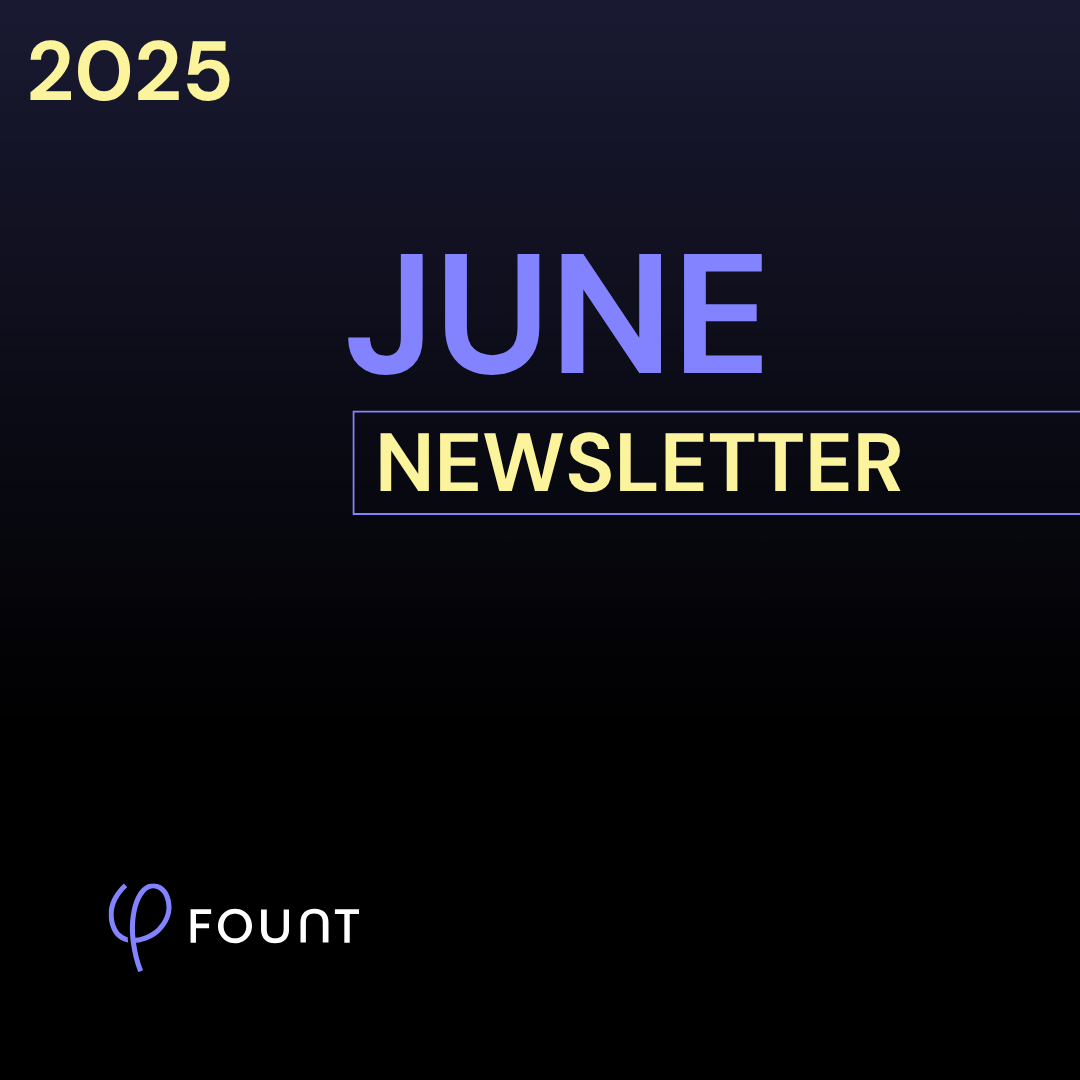
FOUNT News
June Newsletter: Friction is Killing Your AI ROI.

Insights
Breaking the False Tradeoff in GBS: Efficiency vs. Experience

Events
LIVE Webinar – July 9th for SSON Network. Beyond AI Hype: How to De-Risk Your GBS Transformation with Friction Data

Insights
To Create New Value, GBS Leaders Need Different Data
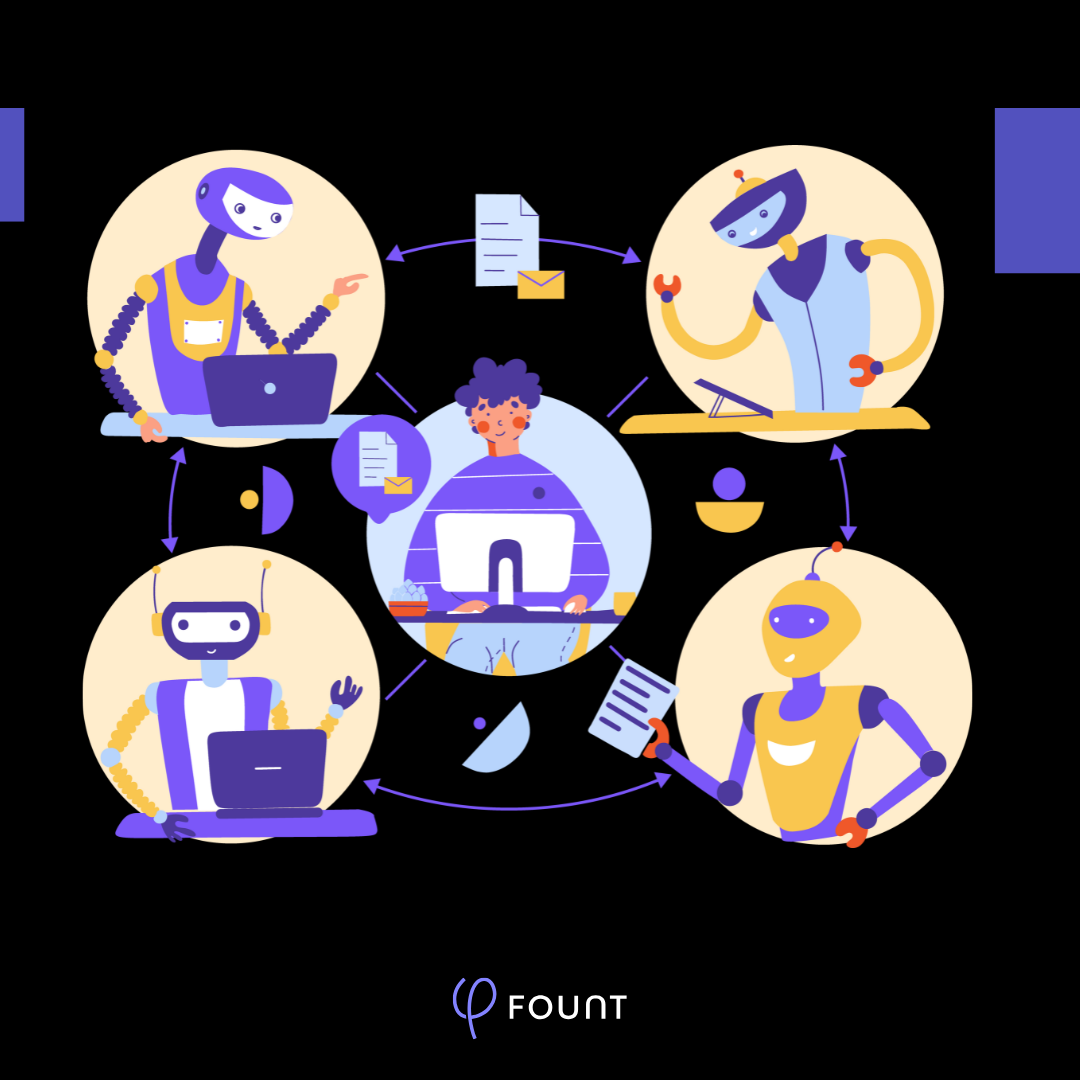
Insights
How to Keep Up with the Latest AI Developments
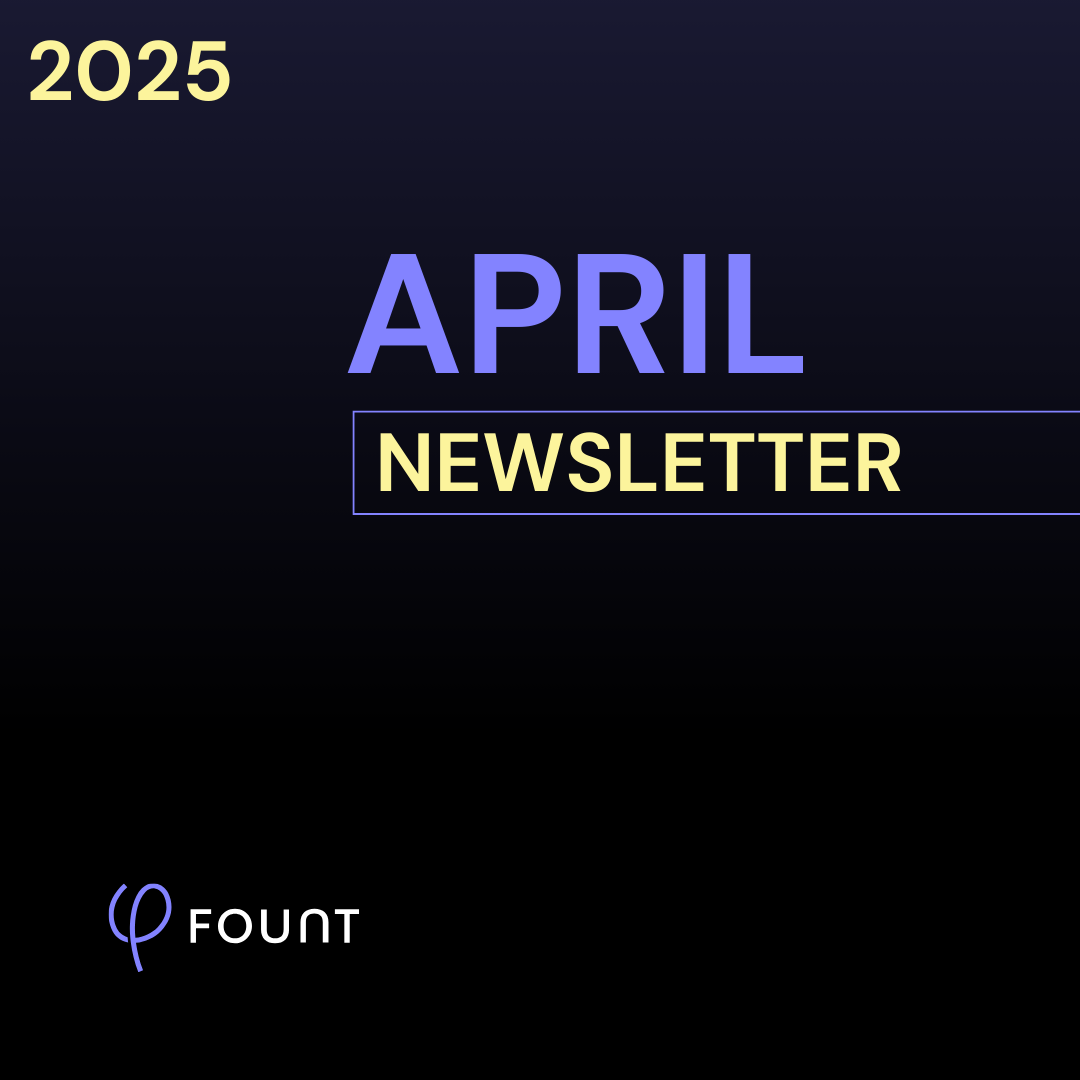
Insights
APRIL Newsletter. Friction: You Can’t Improve What You Can’t See

Guest Post
AI is Reshaping the HR Operating Model: Here’s What 15 Leading Companies Discovered
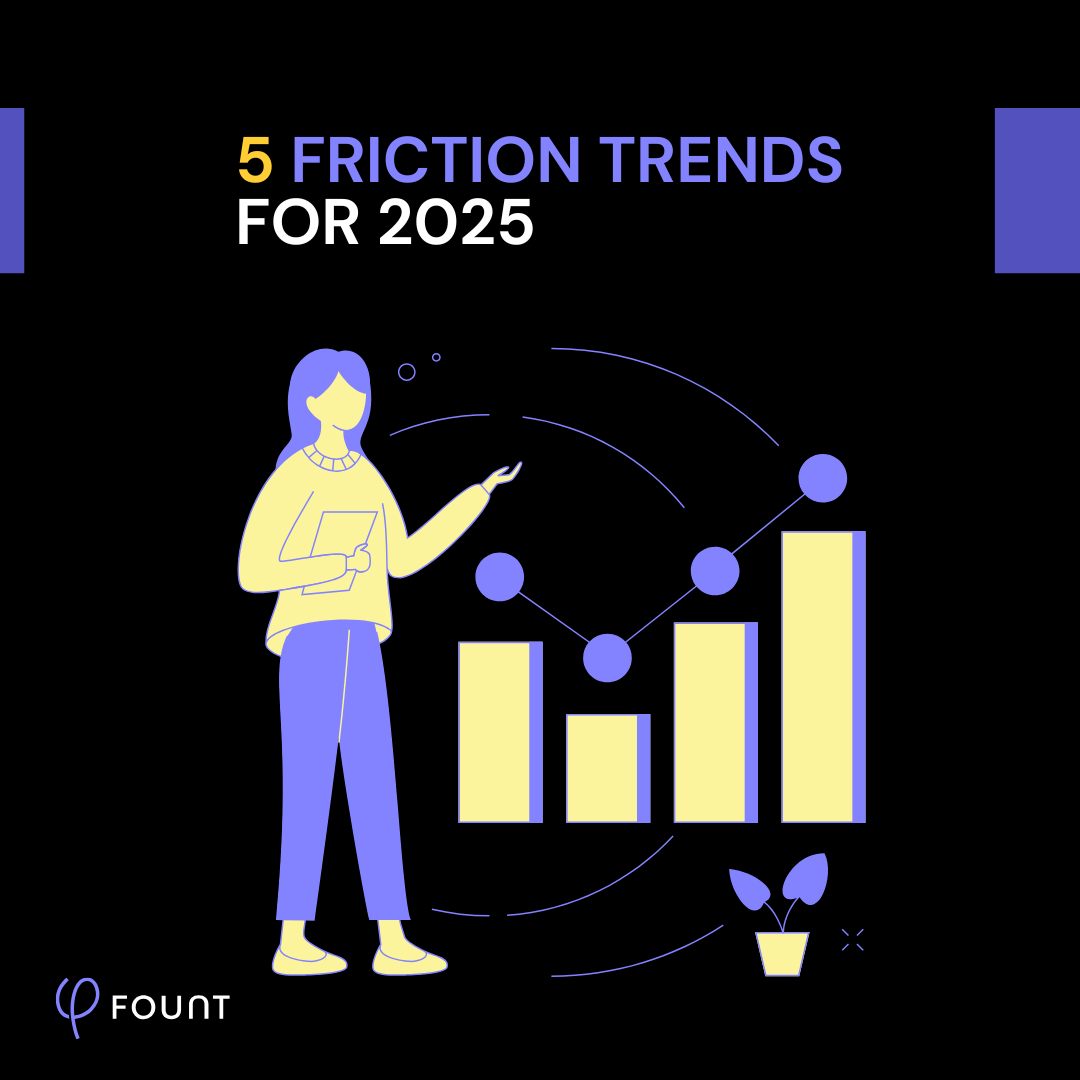
Insights
5 Friction Trends for 2025
